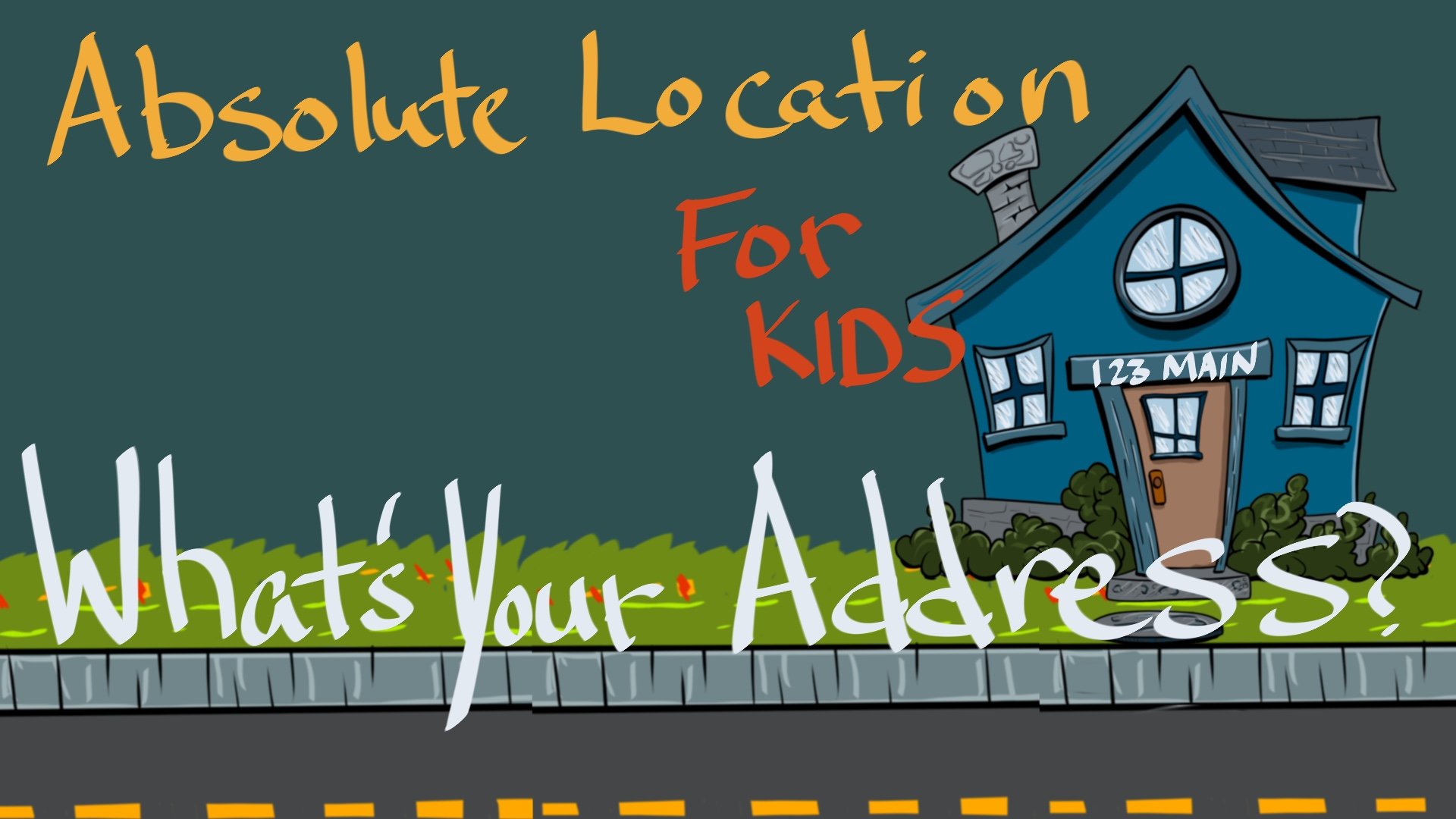Strait
A strait of water is a narrow, natural pathway that connects two larger bodies of water, like seas or oceans. It's like a narrow river between big lakes, and ships or boats often use straits to travel from one place to another. Picture it as a watery bridge that connects two big playgrounds for fish, ships, and sea creatures to move around!
Lesson Plan: Exploring the Geography Concept of "Strait"
Objective:
To introduce students to the geography concept of a "strait."
To help students understand what a strait is, where they are typically found, and their significance.
To engage students in a hands-on activity to reinforce their understanding of straits.
Materials:
World map or globe
Pictures or diagrams of famous straits (e.g., Strait of Gibraltar, Bosphorus Strait)
Whiteboard and markers
Small containers or bowls
A large container of water
Blue food coloring (optional)
Introduction (10 minutes):
Begin by asking the students if they know what a "strait" is. Write down their ideas on the whiteboard.
Explain that today, they will learn about a geographic feature called a "strait."
Discussion (10 minutes):
Show the students a world map or globe and locate a few well-known straits (e.g., the Strait of Gibraltar, the Bosphorus Strait) on it.
Explain that a strait is a narrow body of water that connects two larger bodies of water, such as two seas or an ocean and a sea.
Discuss where straits are typically found (between landmasses) and their importance for navigation and trade.
Share interesting facts about a specific strait, if applicable, to make it more engaging.
Activity (15-20 minutes):
Set up a mini-experiment to help students visualize what a strait is:
Fill a large container with water.
Use small containers or bowls to represent landmasses.
Place the containers or bowls close together in the water, leaving a narrow gap between them.
Add a few drops of blue food coloring to the water to make it easier to see the flow.
Ask students to observe what happens when you gently pour water from one side of the gap between the containers to the other side.
Explain that the flowing water between the containers represents a strait, connecting two larger bodies of water.
Discuss the significance of this concept for shipping, travel, and trade.
Conclusion (5 minutes):
Summarize the key points about straits:
A strait is a narrow body of water that connects two larger bodies of water.
They are typically found between landmasses and are important for navigation and trade.
Ask students if they have any questions or if they'd like to share what they've learned.
Wrap-up (5 minutes):
Have a brief class discussion to recap what the students have learned about straits.
Encourage students to relate the concept of straits to real-world examples they may encounter.
Homework (Optional):
If desired, assign a short homework task such as asking students to research and write a paragraph about a famous strait and its significance.
Assessment:
Assess students' understanding through class discussion, their participation in the activity, and their ability to summarize key points about straits during the conclusion.






